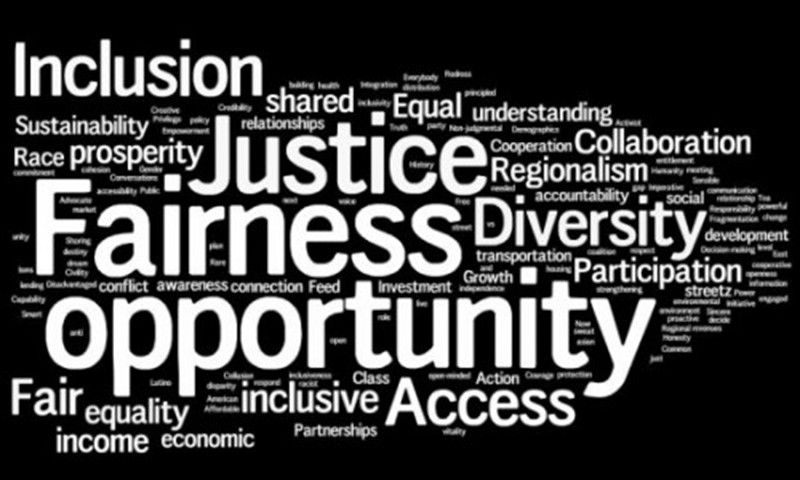I was browsing on Twitter today and this article caught my attention: Closed Captioning: An 'Undervalued" Method for Reading Improvement. I am bilingual in English and Spanish and I am an excellent reader in both languages. I grew up in Mexico and graduated with a Bachelor's Degree in Sociology of Education. All my education was in the Spanish language. Nevertheless, when you go to the movie theater in Spanish, you have a choice to watch a movie captioned in the original language or doubled to your native language. I watched most movies with captions in English. My love for the English language started at the movies. Later I decided to formally study English as a Second Language.
Watching captioned movies is an instructional technique. Foreign language teachers would tell us to do this all the time: listen to music in English while looking at the lyrics, and immersing ourselves in the language we wanted to learn.
Up to this day, as a Spanish teacher I still use the captioning method for watching movies as an instructional tool. Spanish 1 and 2 students are allowed to hear the movie in English but they have captions in Spanish or the other way around. If I want to challenge students, I play the movie in Spanish with Spanish subtitles and they have to write down words they see and they listen to in Spanish. We call it "focused listening".
This is a great tool to explore for struggling readers or students with learning disabilities. It makes sense that listening to and seeing the word in print while enjoying a movie the learner likes might boost reading proficiency.




















